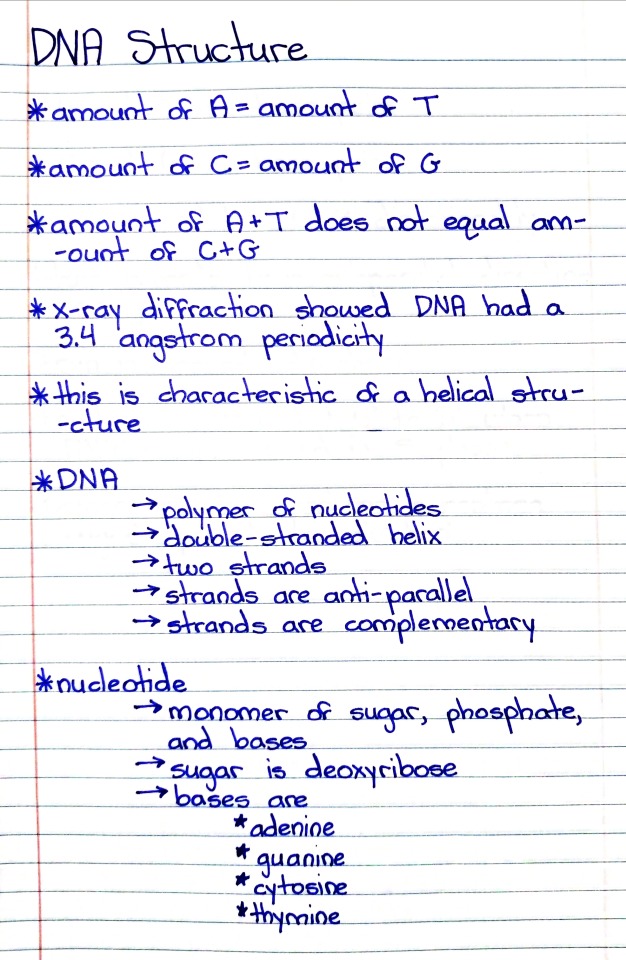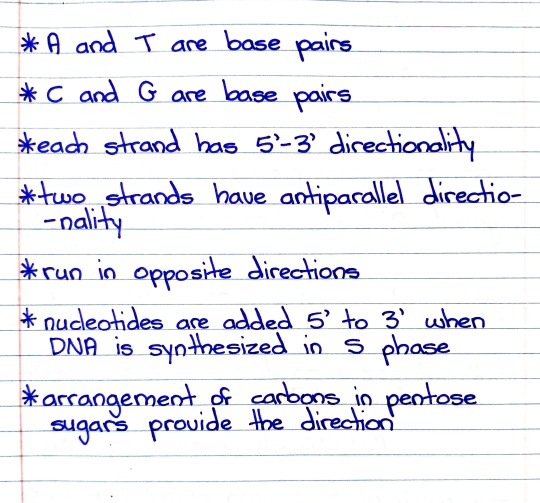#x-rays
Explore tagged Tumblr posts
Text

"Normal lumbar spine and pelvis." Radiography and radio-therapeutics. 1917.
Internet Archive
2K notes
·
View notes
Text
The search for life beyond Earth dutifully continues. Astronomers using NASA's Chandra X-ray Observatory, as well as the European Space Agency's XMM-Newton, are contributing some new research to the hunt — and hoping to lay the groundwork for future projects. The researchers are using Chandra to study radiation emitted from nearby stars to establish whether or not an exoplanet orbiting those stars could be habitable. X-rays and ultraviolet light could, at high-enough levels, damage an exoplanet's atmosphere, reducing the possibility of supporting life (as we know it, anyway).
Continue Reading.
#Science#Space#Astronomy#Planetary Science#Exoplanets#X-rays#NASA#National Aeronautics and Space Administration
48 notes
·
View notes
Text
https://archiveofourown.org/works/64328776
Happy Whumpril 1st to all who celebrate! Michael Westen is not going to be having a good month.
Starting with: alt: x-rays. Michael gets hurt fixing the charger.
#whump#whumpril#whumpril2025#fandom#fanfiction#fanfic#michael westen#burn notice fanfic#burn notice fanfiction#burn notice#whumprilday1#x-rays
6 notes
·
View notes
Text
Exercise? I thought you said ‘X-Rays’!
4 notes
·
View notes
Text
"At the start of this new year, we look back at close-up pictures and solar flare data recorded by the ESA-led Solar Orbiter mission over the last three years. See and hear for yourself how the number of flares and their intensity increase, a clear sign of the sun approaching the peak of the 11-year solar cycle.
youtube
This video combines ultraviolet images of the sun's outer atmosphere (the corona, yellow) taken by Solar Orbiter's Extreme Ultraviolet Imager (EUI) instrument, with the size and locations of solar flares (blue circles) as recorded by the Spectrometer/Telescope for Imaging X-rays (STIX) instrument. The accompanying audio is a sonification based on the detected flares and the spacecraft's distance to the sun."
continue reading
#sun#sun cycles#solar flare#energy#plasma#light#radiation#magnetic field#magnetism#electromagnetism#rotation#spinning#the solar orbiter#esa#frequency#ultraviolet#sun's atmosphere#x-rays#astronomy#science
3 notes
·
View notes
Text

This is one of the most famous images in photographic history.
The first ever X-ray image was taken in 1895 by Wilhelm Röntgen, who was awarded the first Nobel Prize in Physics 1901.
The image of his wife Anna Bertha's hand (wedding ring clearly visible) propelled Röntgen into an international celebrity. Experts immediately realised the medical implications of his discovery.
Röntgen named the discovery X-radiation, or X-rays, after the mathematical term 'X' which denotes something unknown.
2 notes
·
View notes
Text
Animals Getting Their X-Rays
youtube
2 notes
·
View notes
Text
The Chinese Academy of Sciences (CAS) spacecraft Einstein Probe lifted off on a Chang Zheng (Long March) 2C rocket from the Xichang Satellite Launch Center in China at 15:03 CST / 07:03 GMT / 08:03 CET on 9 January 2024. With the successful launch, Einstein Probe began its mission to survey the sky and hunt for bursts of X-ray light from mysterious objects such as neutron stars and black holes. Einstein Probe is a collaboration led by CAS with the European Space Agency (ESA) and the Max Planck Institute for Extraterrestrial Physics (MPE), Germany.
Continue Reading.
36 notes
·
View notes
Photo

52-year-old Margaret Daalman, whose x ray is above, swallowed 78 pieces of cutlery.
24 notes
·
View notes
Text

X-Raying the Moon - August 31st, 1995.
"Above is a picture of the Moon taken in X-rays by the Roentgen Observatory Satellite ROSAT in 1990. This famous picture shows three distinct regions: a bright X-ray sky, a bright part of the Moon, and a relatively dark part of the Moon. The bright X-ray region is exemplary of the mysterious X-ray background that is seen everywhere in the sky. The bright lunar crescent shines because it reflects X-rays emitted by the Sun. The dark lunar face is surprising because it is not completely dark, and its slight emission is thought to result from energetic particles from the solar wind striking the Moon."
18 notes
·
View notes
Photo


#studyblr#notes#genetics#genetics notes#dna#dna structure#structure of dna#nucleotides#dna strands#dna synthesis#pentose#x-rays#x-ray diffraction#helical structure#carbons#carbon#dna direction#dna strand direction
5 notes
·
View notes
Photo

Dorothy Hodgkin was born on May 12, 1910. A Nobel Prize-winning British chemist who advanced the technique of X-ray crystallography to determine the structure of biomolecules, which became essential for structural biology. Among her most influential discoveries are the confirmation of the structure of penicillin as previously surmised by Edward Abraham and Ernst Boris Chain; and the structure of vitamin B12, for which in 1964 she became the third woman to win the Nobel Prize in Chemistry. Hodgkin also elucidated the structure of insulin in 1969 after 35 years of work.
#dorothy hodgkin#x-rays#biomolecules#biology#structural biology#penicillin#nobel prize#nobel prize winners#women in science#women in history#science#science history#science birthdays#on this day#on this day in science history
2 notes
·
View notes
Text
Whumpril Day 22 - Alt Prompt - X-Rays
A little extra add on by me to the hospital scene from Brave New World
Sam couldn’t stop looking at them. The x-rays hung on the wall next to the window where they were doing surgery on Joaquin. His ribs were fucked and his chest was bruised beyond belief. Not to mention the burns down the side of his neck and partially down his chest.
The worst part was that his gear had left the perfect outline. His burns stopped at the place where his chest plate was sat and the bruising was only where his gear sat. The explosion had pushed it into skin, cutting him deeply in a few places too.
His suit was designed to be aerodynamic and fire retardant but not fireproof. Not that you could explode-proof something. Not truly at least. And now the gear was a permanent reminder on Joaquin’s body of what had happened.
Sam’s trained and good at helping those through mental health problems after being a soldier but this- this was something else. He didn’t know how to help the kid through this. Especially not when he could barely help himself through the situation and he wasn’t even the one in surgery for fuck’s sakes.
The sound of the surgeons talking to each other was drowned out by the voice in Sam’s head. It’s all his fault. He should’ve been faster. Why didn’t Joaquin just listen to him when he told him not to try and stop the missile himself. Maybe he should’ve gotten him a Vibranium tech suit from the Wakandans too. Sam’s head was spinning.
A sudden long drawn out beeping drew him from his thoughts. That could only mean one thing.
“No no-” Sam wasn’t a religious man but in that moment he prayed to any higher power that was out there for them not to take Joaquin from him.
“He’s coding. Get me-” Sam could only watch on in horror as they tried to restart Joaquin’s heart. His legs wobbled under him and he thought he was going to be sick.
“C’mon, kid. Don’t do this to me.” If Joaquin died here, Sam would have to explain it to his Abuela. He’d only met the woman once and she’s the sweetest, kindest person ever. This would break her heart.
Sam released the breath he didn’t know he was holding once he heard the beeping of the ECG machine again. Sam placed his shaky onto his chest. He breathed deeply for a moment.
He knew he couldn’t let his worries and anxiety get the better of him, not when Joaquin would need him but it was too easy to get overwhelmed right now.
A set of footsteps that joined his side brought him back to reality for a moment. He didn’t look at the person next to him. He didn’t need to, he didn’t recognise them so they weren’t meant to be here.
“This is a private room. Get out.” The person huffed a laugh out.
“You speak to all your friends like that?” Sam looked at the figure next to him.
“Bucky?”
#whumpril2025#whumpril day 22#alt prompt#x-rays#my writing#my fics#my fic writing#marvel cinematic universe fics#marvel cinematic universe fic#marvel cinematic universe
1 note
·
View note
Text
X-rays, mushrooms and more: The science riding on SpaceX's Fram2 astronaut mission around Earth's poles
The astronauts of SpaceX’s Fram2 mission, which will fly over Earth’s poles. From left to right: Mission specialist and medical officer Eric Phillips, commander Chun Wang, pilot Rabea Rogge and vehicle commander Jannicke Mikkelsen. (Image credit: SpaceX) A new mission from SpaceX will soon send humans over Earth’s poles for the first time ever. Launching no earlier than Monday (March 31), the…
0 notes
Text
Daredevil implications
‘While bats can only sense the outer shapes and textures of their targets, dolphins can peer inside theirs. If a dolphin echolocates on you, it will perceive your lungs and your skeleton. It can likely sense shrapnel in war veterans and fetuses in pregnant women. It can pick out the air-filled swim bladders that allow fish, their main prey, to control their buoyancy.
It can almost certainly tell different species apart based on the shape of those air bladders. And it can tell if a fish has something weird inside it, like a metal hook. In Hawaii, false killer whales often pluck tuna off fishing lines, and “they’ll know where the hook is inside that fish,” Aude Pacini, who studies these animals, tells me. “They can ‘see’ things that you and I would never consider unless we had an X-ray machine or an MRI scanner.”
This penetrating perception is so unusual that scientists have barely begun to consider its implications. The beaked whales, for example, are odontocetes that look dolphin-esque on the outside—but on the inside, their skulls bear a strange assortment of crests, ridges, and bumps, many of which are only found in males.
Pavel Gol’din has suggested that these structures might be the equivalent of deer antlers—showy ornaments that are used to attract mates. Such ornaments would normally protrude from the body in a visible and conspicuous way, but that’s unnecessary for animals that are living medical scanners.’
-Ed Yong, An Immense World
11K notes
·
View notes
Text
Quick Diagnostics | SCC Little Elm Clinic
SCC Little Elm offers a comprehensive suite of diagnostic tests, including Blood Tests, Urinalysis, Imaging Studies (X-rays, CT scans), and Pathology Tests, all delivered with a focus on speed, accuracy, and affordability. Our state-of-the-art facilities and experienced medical professionals ensure that patients receive timely and reliable results, crucial for effective diagnosis, treatment, and ongoing health management. We prioritize patient convenience and strive to make the testing process as seamless and stress-free as possible, while maintaining competitive pricing to ensure access to essential healthcare services for the Little Elm community. https://www.scclittleelm.com/our-services/laboratory-services/
0 notes